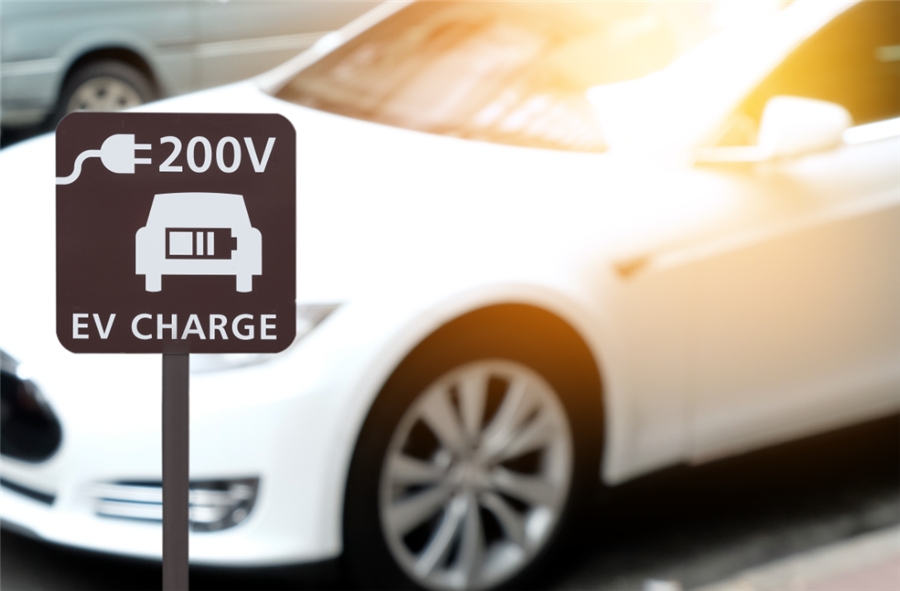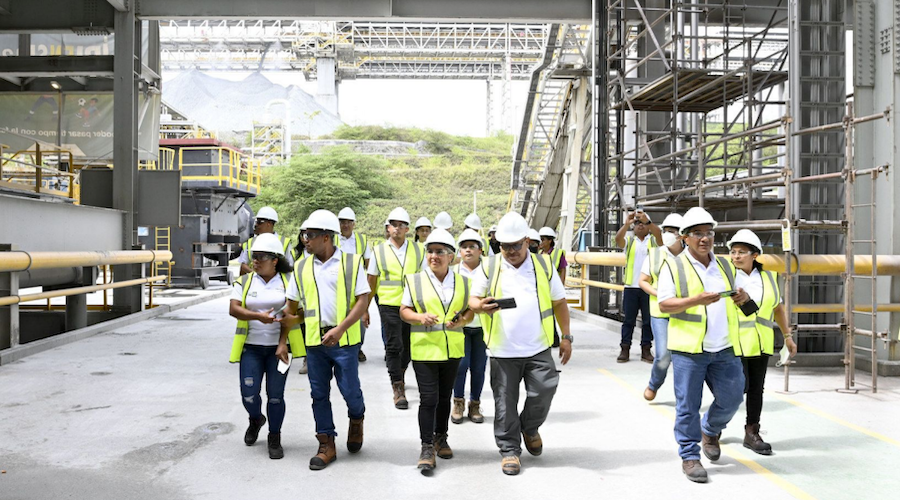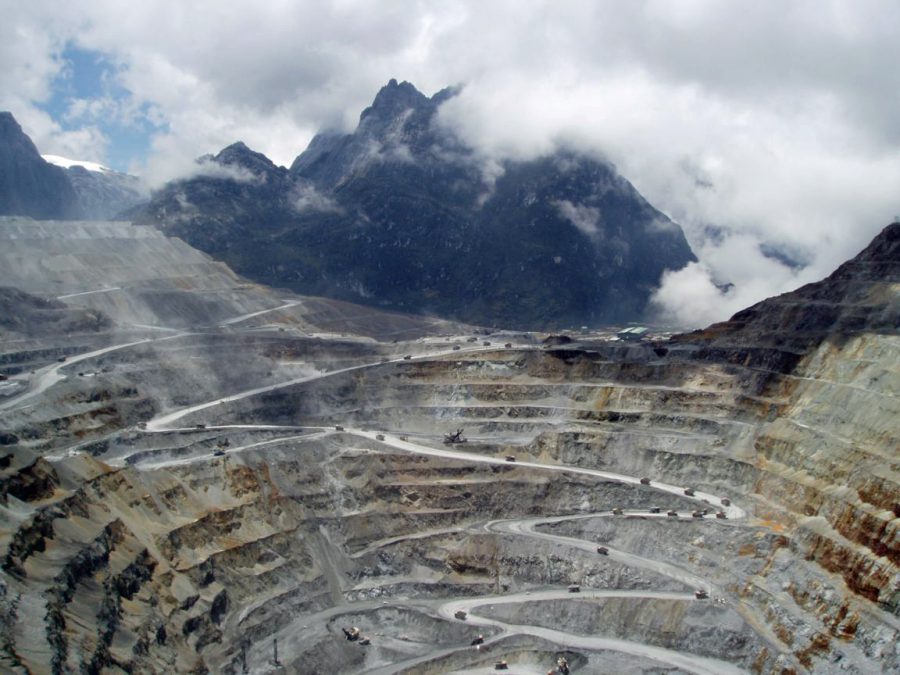NMC batteries dominating EV – sales to reach 63% of global market

NMC is the most popular of the chemistries currently used in batteries by EV manufacturers, and market share is expected to expand dramatically in new EV sales, a new outlook for electric vehicle battery metals report published by Fitch Solutions reveals.
The growing EV market will spur global demand for metals through their use in a wide range of chemistry combinations within the cathodes of lithium ion batteries. NMC-cathodes, a combination of nickel-manganese-cobalt, currently dominate the EV market, buoyed by high energy density and reliability. NMC cathodes currently account for nearly 28% of global EV sales, and Fitch forecasts that market share to grow to 63% by 2027.
Cobalt prices rose over 120% in 2017 due to a global supply shortage, while its prevalence in the DRC, where the use of child labour is rampant, poses ethical concerns for battery suppliers
While Fitch expects NMC cathodes to dominate among future EV sales, a drawback is the high cobalt content, which can expose manufacturers to price risks and challenges relating to sustainable and ethical sourcing.
Cobalt prices rose over 120% in 2017 due to a global supply shortage. Prices peaked in March 2018, and then fell back to near 2017 pricing in October. Its prevalence in the DRC, where the use of child labour is rampant, poses ethical concerns for battery suppliers.
Battery makers such as SK Innovation and Panasonic are already anticipating this risk and working to increase the ratio of nickel in the cathodes, and decreasing cobalt. Key EV manufacturers currently using NMC cathodes in their batteries include Kia, Hyundai, BMW and Mercedes-Benz.
The price of nickel in 2018 is up over 2017.
Fitch Solutions predicts that lower cost lithium iron phosphate (LFP) cathodes will continue to have a significant presence in the Chinese market, while Tesla-backed lithium nickel cobalt aluminium oxide (NCA) cathodes will attract interest from premium-segment manufacturers.
Access the full report here.
More News
First Quantum pulls back from arbitration on Panama copper mine
Signals potential for more negotiations with the nation over the Cobre Panama mine that’s been shuttered for more than a year.
March 31, 2025 | 04:30 pm
Freeport-McMoRan lowers first-quarter gold sales forecast
The company said it expects first-quarter gold sales to be roughly 100,000 ounces below its prior forecast of 225,000 ounces.
March 31, 2025 | 03:41 pm
{{ commodity.name }}
{{ post.title }}
{{ post.excerpt }}
{{ post.date }}



Comments